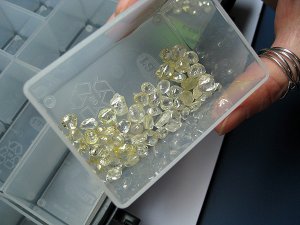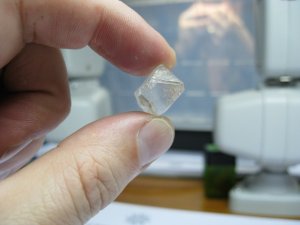lisa1.01fvs1
Brilliant_Rock
- Joined
- Jan 16, 2008
- Messages
- 1,101
Here''s to hoping some of you can assist here.
If purchasing rough, what should I be concerned with?
Is it even worth it? How much is cutting and getting the gem quality stone out of the rough?
If a piece has "facet grade clarity" is that enough?
And what size rough should I be looking for if I want a single stone of any reasonable size?
Thanks!
If purchasing rough, what should I be concerned with?
Is it even worth it? How much is cutting and getting the gem quality stone out of the rough?
If a piece has "facet grade clarity" is that enough?
And what size rough should I be looking for if I want a single stone of any reasonable size?
Thanks!









300x240.png)